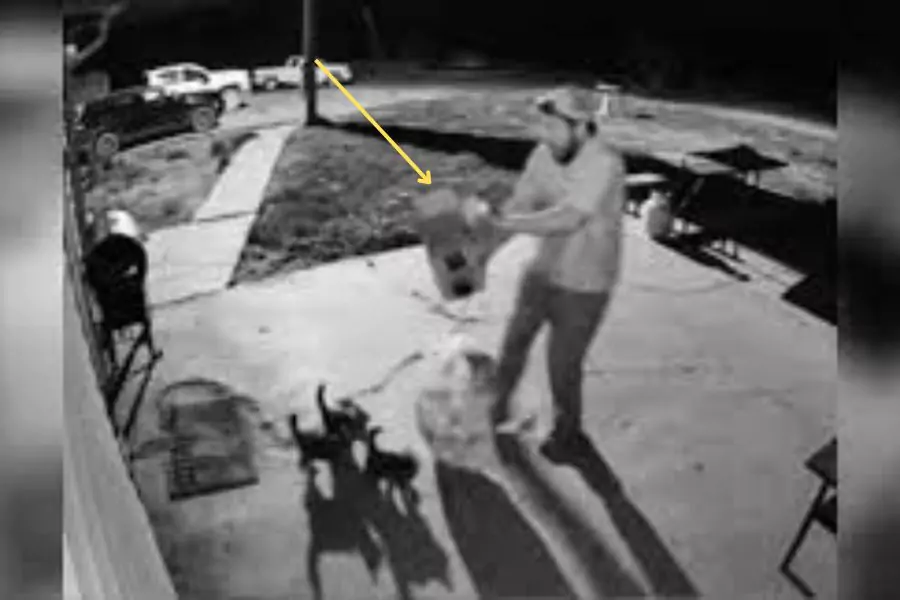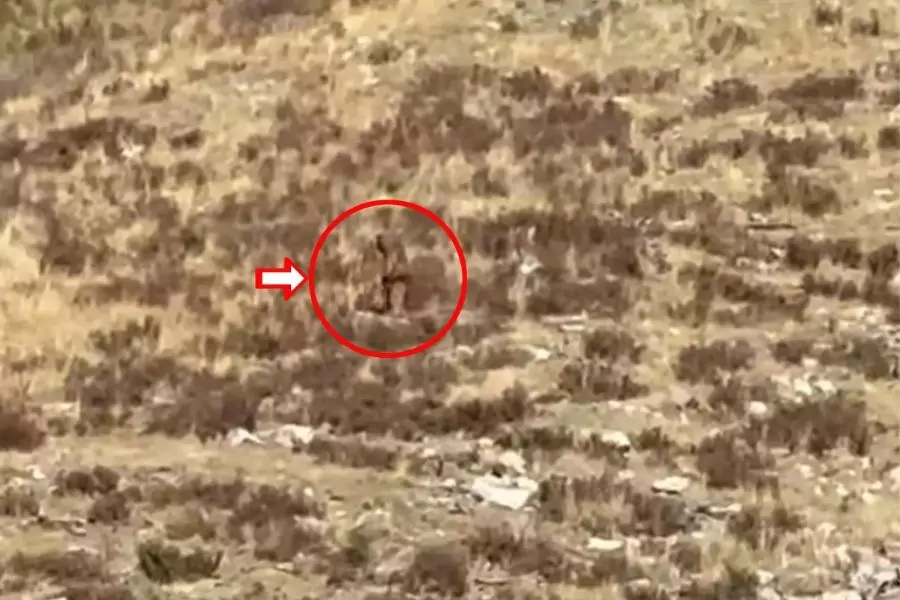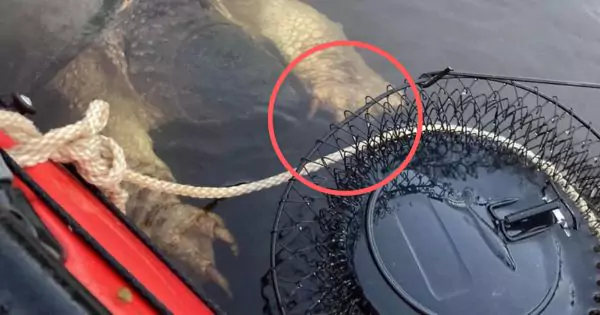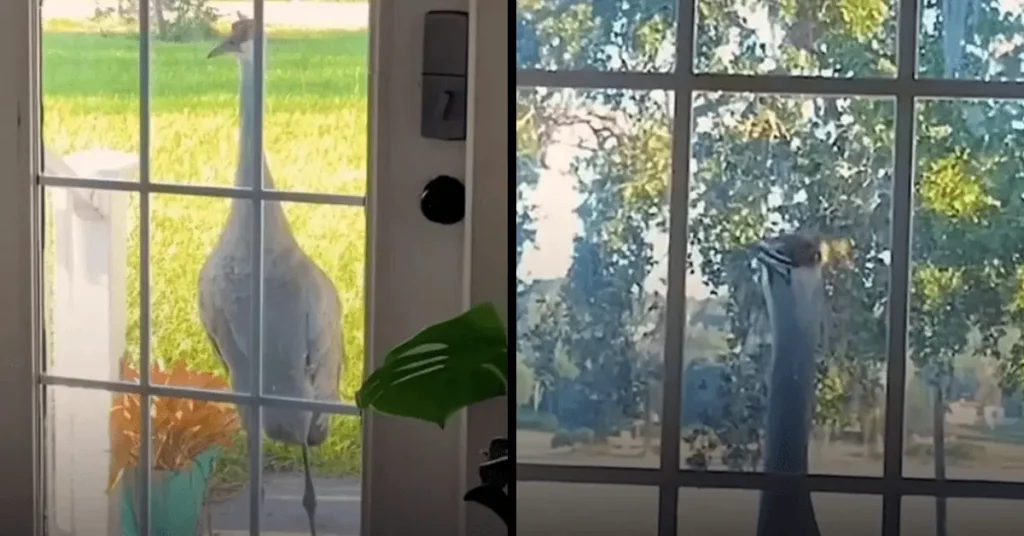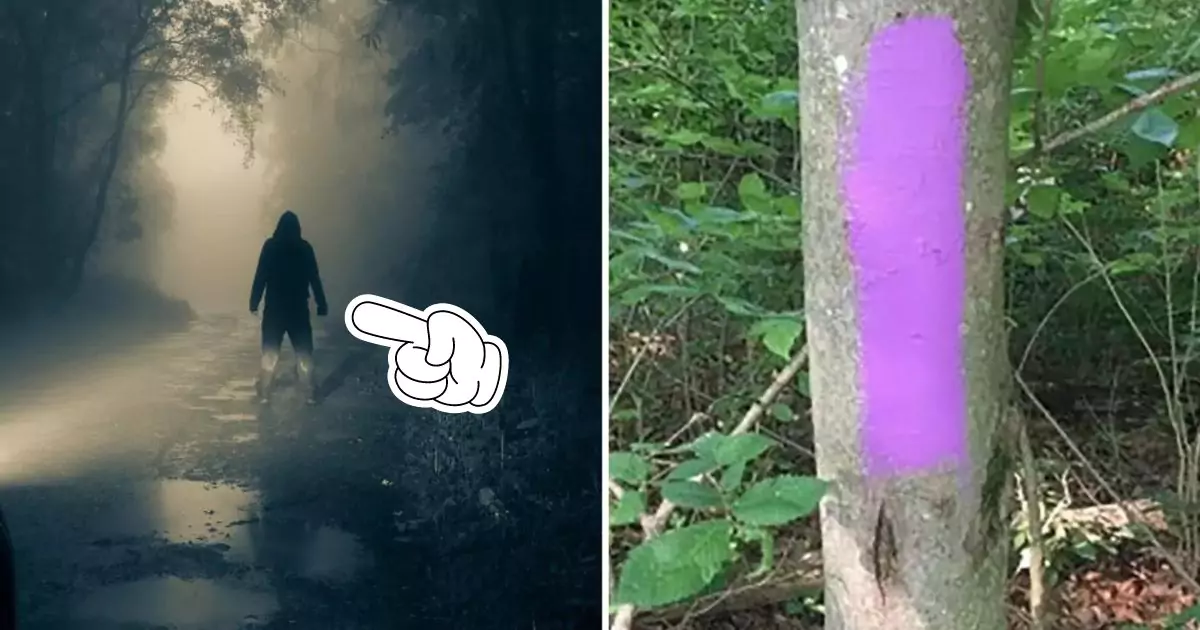
Hiking or walking in the woods is a great way to enjoy nature, but there are some hidden signs that could indicate danger. One of those signs is a splash of purple paint on trees or fence posts. If you see this while exploring the woods, especially in certain parts of the U.S., it’s a warning you need to take seriously—it could mean you’re stepping onto private property, and that can put you in harm’s way.
What Does the Purple Paint Mean?
In several states across the U.S., a stripe of purple paint on a tree or fence post serves as a legal warning that you’re about to enter private property. Known as the Purple Paint Law, this system allows landowners to mark their property boundaries without having to put up multiple “No Trespassing” signs. It’s a simple and effective way to let hikers and visitors know they need to stay away.
States that enforce the Purple Paint Law include:
- Texas
- Florida
- Alabama
- South Carolina
- Arkansas
- Mississippi
- Missouri
- North Carolina
- Illinois
In these states, if you see purple paint on trees or posts, it’s the same as seeing a “No Trespassing” sign. Wandering onto private property can lead to legal issues—or worse, a confrontation with an armed landowner.
Why You Should Be Concerned
While trespassing might seem like a minor issue, in states where gun laws are more relaxed, property owners have the right to defend their land. This means that accidentally wandering onto private property could put you in a dangerous situation. Some landowners are within their legal rights to use force to protect their property, especially if they feel threatened.
Even if you didn’t mean to cross the boundary, a confrontation with an angry landowner could escalate quickly. This is why spotting that purple paint in the woods is a crucial signal to turn back immediately.
What to Do If You See Purple Paint
If you’re out hiking and notice purple paint on a tree or post, it’s time to change direction. Here’s what you should do:
- Turn around immediately and retrace your steps until you’re sure you’re back on public land.
- Check your map or GPS to see if you can verify the property boundaries and make sure you stay on the right path.
- Don’t try to confront anyone if you encounter a landowner. Politely explain that you didn’t realize you were trespassing and leave the area right away.
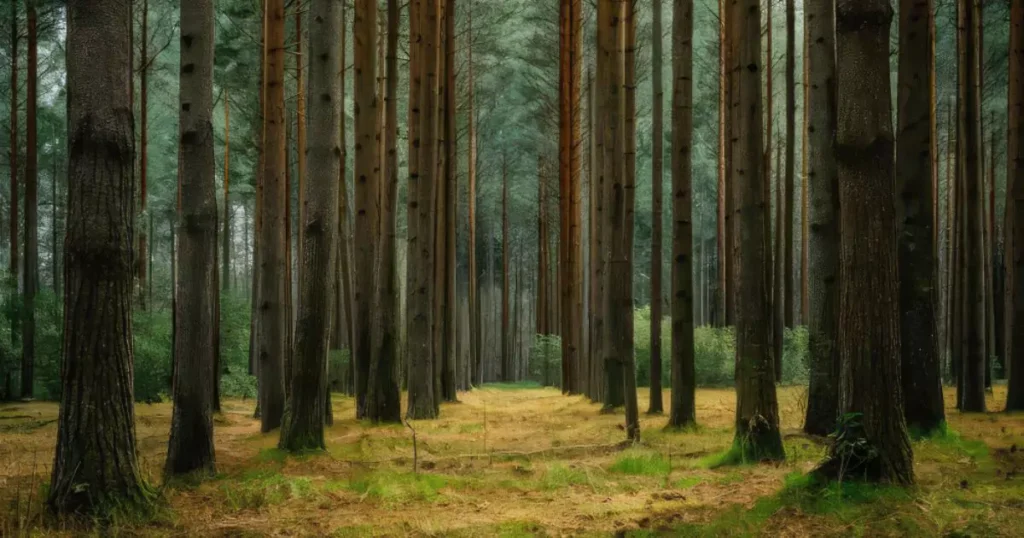
Why Some People Prefer Signs
Not everyone agrees that using purple paint is the best way to mark private property. Some argue that many people—especially tourists—may not know what the purple paint means and could unknowingly trespass. Andy Mossey, from the Catskill Center, pointed out that clear signs are easier for people to understand. He explained that signage is more direct and makes it obvious that the area is private property.
With paint alone, people may miss the signal, and this can lead to confusion and accidental trespassing. For this reason, many suggest using both paint and signs to make sure the boundaries are clear to everyone.
How to Stay Safe in the Woods
To avoid accidentally wandering onto private land or finding yourself in a dangerous situation, here are some simple precautions you can take when hiking in the woods:
1. Learn the Local Rules
Before heading out, take a few minutes to learn about local property laws. If you’re hiking in one of the states that uses purple paint for boundaries, you’ll know what to watch for.
2. Use GPS or Maps with Property Boundaries
Some hiking apps and GPS devices show detailed property boundaries. This can help you stay on public trails and avoid crossing into private areas.
3. Stick to Marked Trails
The easiest way to avoid trespassing is to stay on well-marked trails. Trails in national or state parks are clearly defined, so you’re less likely to wander into private land.
4. Respect Property Signs
Even if you don’t see purple paint, always respect any “No Trespassing” signs, fences, or gates. These markers are there for your safety and to protect property rights.
5. Carry Identification
In case you do get lost or accidentally cross onto private land, having identification can help if you need to explain the situation to authorities or landowners.
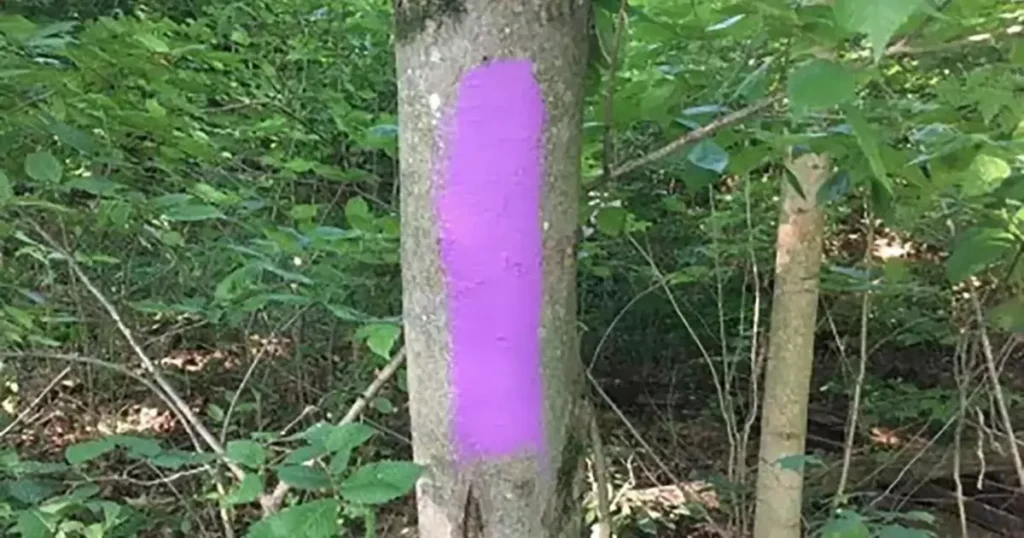
Why This Matters
The purple paint system is used to make it easier for landowners to mark their boundaries, but it’s also meant to keep hikers safe. If you’re out in the woods, spotting that purple stripe could save you from a legal issue—or worse. In some states, landowners can take matters into their own hands if they feel their property is being threatened, so avoiding trespassing is crucial for your safety.
Additionally, understanding these signals helps ensure you’re respecting the rights of the people who own the land. Trespassing not only puts you at risk but can also create tension between landowners and visitors.
Stay Aware, Stay Safe
Exploring nature is a wonderful experience, but it’s important to be aware of the potential risks, including crossing onto private property. The next time you’re hiking in the woods, keep an eye out for purple paint on trees or fence posts—it’s your signal to turn back and stay safe.
By staying informed and respecting local property laws, you can enjoy the outdoors without worry. Always remember to check your maps, stick to marked trails, and avoid any areas marked with purple paint or “No Trespassing” signs. With these simple precautions, your outdoor adventures will be safer and more enjoyable!
















